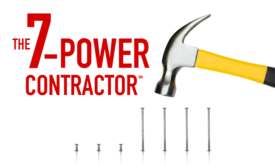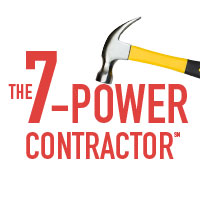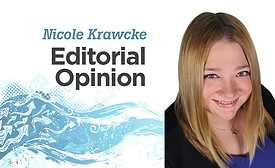Columns
Structure your business to serve you, your team and your clients.
Read More
Dan Holohan: Crank it down?
A quick guide to the three most profitable words in my vocabulary.
April 10, 2019
John Siegenthaler: A synergistic system
True professionals look for synergistic opportunities when designing hydronic systems.
April 8, 2019
Al Levi: Practice what I preach
Tips to effectively lead and manage your business and life.
April 4, 2019
Nicole Krawcke: Never stop learning
Who says old dogs can't learn new tricks?
March 15, 2019
John Siegenthaler: 5 more products the hydronics industry needs
These products would help fill needs within the hydronics market.
March 11, 2019
Al Levi: Nepotism: Keeping it all in the family
How to avoid the pitfalls of bringing family members into the family business.
March 11, 2019
Julius Ballanco: Drinking foundtain or bottle filler
What should the plumbing code mandate regarding a drinking fountain?
March 8, 2019
Keep your content unclogged with our newsletters!
Stay in the know on the latest plumbing & piping industry trends.
JOIN TODAY!Copyright ©2024. All Rights Reserved BNP Media.
Design, CMS, Hosting & Web Development :: ePublishing












